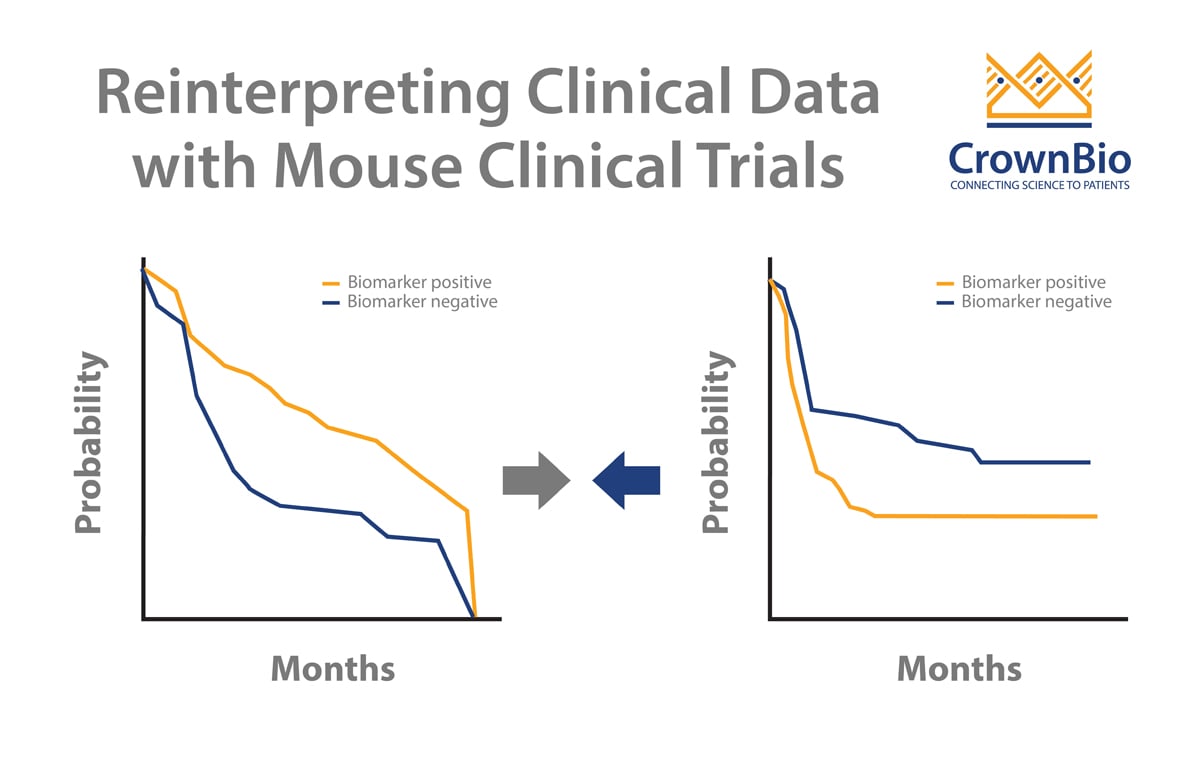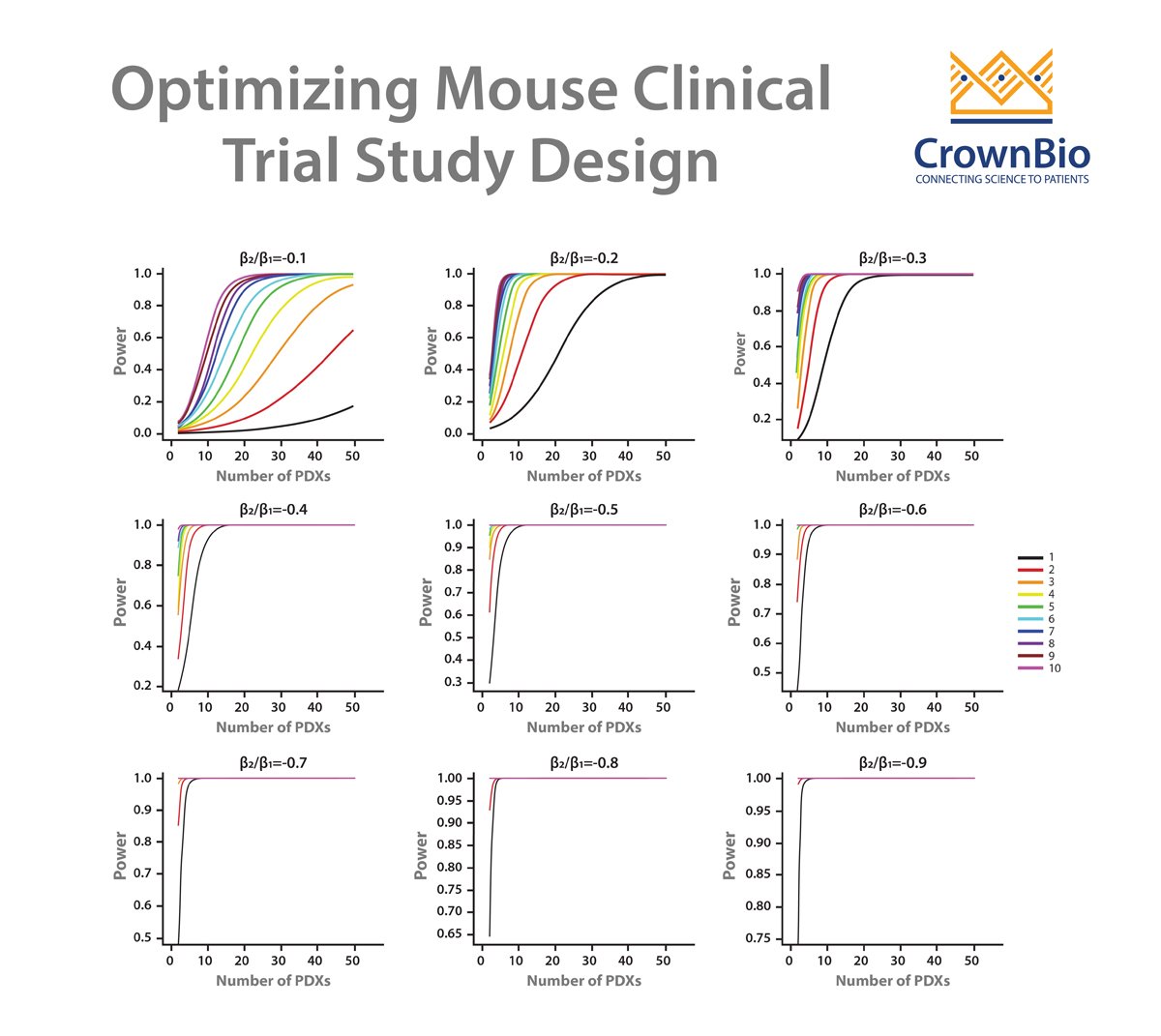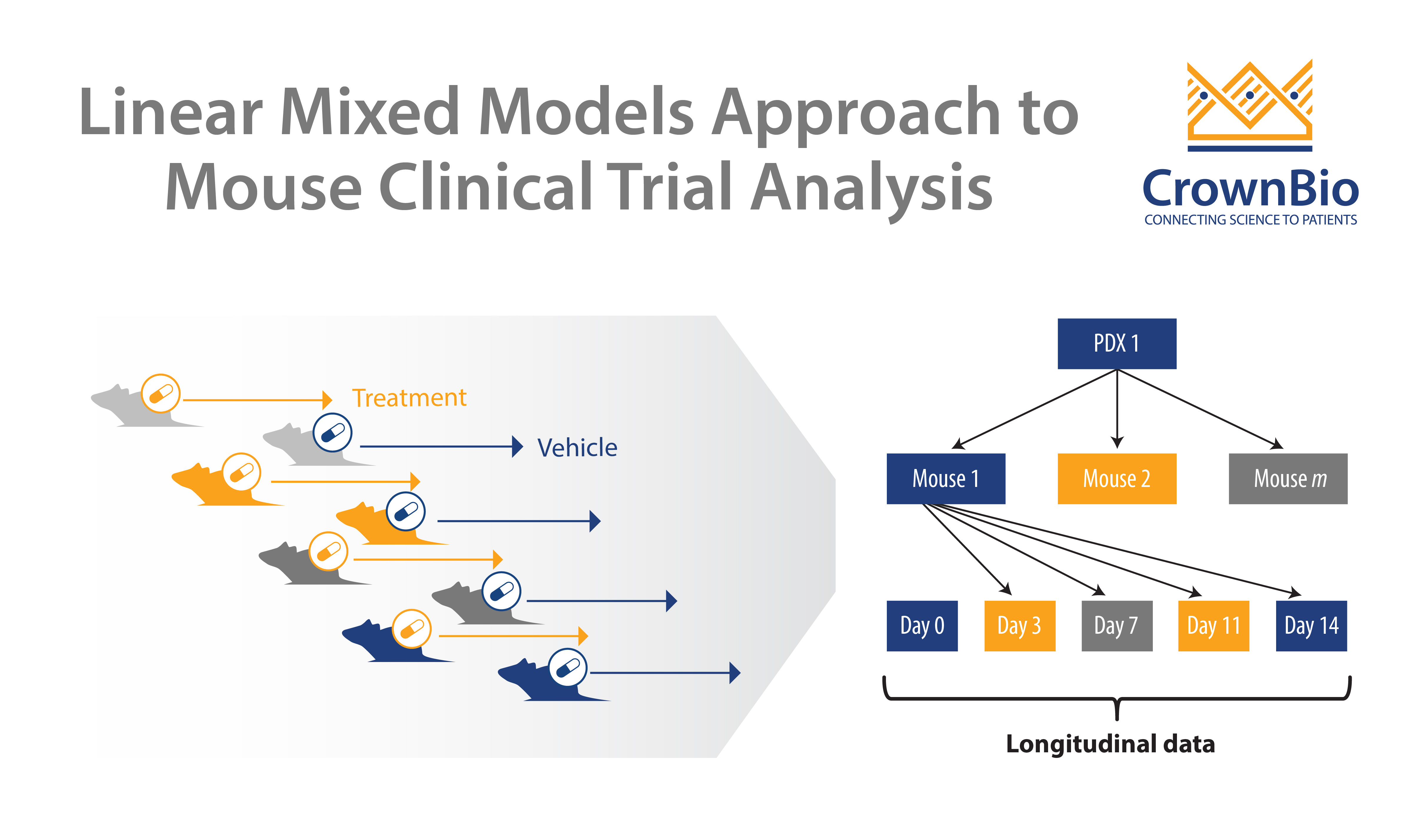Why Tumor Heterogeneity Challenges Clinical Trials
Tumor heterogeneity remains a major obstacle in clinical trials. Differences between tumors and even within a single tumor can drive drug resistance by altering treatment targets or shaping the tumor microenvironment (TME). These variations occur within tumors, across primary and metastatic sites, and change over the course of disease progression. (1)
Traditional methods, like single-gene biomarkers or tissue histology, often fail to capture this complexity. A single biopsy or biomarker rarely reflects the full tumor biology or predicts treatment outcomes, especially for therapies that rely on immune activation.
Even with promising immunotherapies, including checkpoint inhibitors that work in up to 50 percent of patients in some cancers, many patients do not respond. Tumor complexity contributes to unexpected resistance, suboptimal responses, and high failure rates in Phase II and III trials. Understanding tumor heterogeneity across multiple dimensions is critical to improve patient stratification, predict therapeutic response, and design personalized treatment strategies.
How Multi-Omics Enables Precise Patient Stratification
Multi-omics approaches have transformed cancer research by providing a comprehensive view of tumor biology. Each omics layer offers distinct insights (2):
- Genomics examines the full genetic landscape, identifying mutations, structural variations, and copy number variations (CNVs) that drive tumor initiation and progression. Whole Genome and Whole Exome Sequencing enable profiling of both coding and non-coding regions, uncovering single-nucleotide variants, indels, and larger structural events.
- Transcriptomics analyzes gene expression, providing a snapshot of pathway activity and regulatory networks. Techniques like RNA sequencing, single-cell RNA sequencing, and spatial transcriptomics allow assessment of gene expression across tissue architecture, revealing the dynamics of the TME.
- Proteomics investigates the functional state of cells by profiling proteins, including post-translational modifications, interactions, and subcellular localization. Mass spectrometry and immunofluorescence-based methods enable mapping of protein networks and their role in disease progression.
By integrating multi-omics data and leveraging data science and bioinformatics, researchers can identify distinct patient subgroups based on molecular and immune profiles. Tumors can be grouped by gene mutations, pathway activity, and immune landscape, each with different prognoses and responses to therapy. Recognizing these molecular clusters enables precise patient selection in trials, improving the chances of detecting true treatment effects and supporting personalized therapies. (3)
Why Spatial Biology Is Key to Understanding Tumors
Traditional methods analyze cells in isolation, but tumors are complex ecosystems. Spatial biology preserves tissue architecture, showing how cells interact and how immune cells infiltrate tumors. Key technologies include:
- Spatial transcriptomics, which maps RNA expression within tissue sections and reveals the functional organization of complex cellular ecosystems.
- Spatial proteomics, which evaluates protein localization, modifications, and interactions in situ using mass spectrometry imaging and high-plex immunofluorescence.
- Multiplex immunohistochemistry (IHC) and immunofluorescence (IF), which detect multiple protein biomarkers in a single tissue section to study localization and interaction.
- Mass spectrometry imaging and image-based cytometry, which provide high-resolution insights into biomolecules and cell populations in the TME.
By integrating multi-omics with spatial biology, researchers can achieve a systemic understanding of tumor heterogeneity, immune landscapes, signaling networks, and metabolic states. This holistic view is critical for accurate patient stratification, rational therapy design, and personalized oncology strategies.
How Preclinical Models Bridge the Gap to Clinical Trials
A strong translational hypothesis begins in preclinical research. Multi-omics analyses of patient-derived models identify predictive biomarkers, reveal resistance mechanisms, and guide therapeutic strategies before clinical testing.
Patient-Derived Xenografts (PDX)
PDX models are central to preclinical validation of precision oncology strategies. They allow researchers to characterize the unique genomic profile of each tumor and test therapies predicted to be effective based on specific mutations, gene expression signatures, or signaling pathway alterations. Functional precision oncology (FPO) is increasingly used to move beyond static measurements and identify actionable therapeutic strategies. (4)
Patient-Derived Organoids (PDOs)
Organoids are three-dimensional, stem cell-derived models that more accurately recapitulate human tumor biology than traditional two-dimensional cultures or animal models. They preserve complex tissue architecture and cellular heterogeneity, enabling more reliable predictions of tumor growth, metastasis, and therapeutic response. When integrated with microfluidic platforms, such as organ-on-a-chip systems, organoids model TME interactions in real time. Coupled with multi-omics analyses, they facilitate detailed studies of tumor heterogeneity, molecular mechanisms, and personalized treatment strategies. Organoids also support the development and optimization of immune-based therapies and vaccines.(5)
Aligning omics data from patient-derived models with clinical samples establishes a robust translational bridge. Standardizing data across preclinical and clinical platforms enhances predictive power and evidence-based decision-making in early-phase trials.
Why Data Integration and Compliance Are Essential for Precision Oncology
The scale and complexity of multi-omics data require standardized pipelines and robust bioinformatics frameworks. Integrating genomics, transcriptomics, proteomics, and spatial datasets ensures cohesive analysis and actionable insights.
Emerging tools like IntegrAO, which integrates incomplete multi-omics datasets and classifies new patient samples using graph neural networks, demonstrate the potential for robust stratification even with partial data. (6)
Frameworks like NMFProfiler identify biologically relevant signatures across omics layers, improving biomarker discovery and patient subgroup classification. (6)
Real-world examples demonstrate the power of integrated multi-omics to uncover actionable biology. Integrated single-cell RNA and spatial transcriptomics analyses in gastric cancer revealed B-cell subpopulations and tumor B-cell interactions as key modulators of the immune microenvironment. Targeting CCL28 in mouse models enhanced CD8+ T cell activity, demonstrating how multi-omics integration can identify actionable biomarkers and therapeutic strategies. (7)
Data generated for clinical decision-making must meet CAP and CLIA-accredited standards to ensure integrity, reproducibility, and regulatory compliance. Standardization across platforms enables reliable patient stratification and biomarker discovery, supporting next-generation precision oncology trials.
Conclusion
The future of clinical trials is defined by integrating multi-omics and spatial biology to capture tumor heterogeneity at every level. By combining deep molecular profiling, spatial context, predictive preclinical models, and standardized translational biomarkers, researchers can select the right patients, optimize therapy design, and significantly improve trial efficiency.
Crown Bioscience provides integrated multi-omics, spatial biology, global specialty biomarker laboratory services, and in-house bioinformatics expertise, enabling confident, data-driven decisions to accelerate therapy development and improve patient outcomes.
Additional Resources:
- Tumor heterogeneity reshapes the tumor microenvironment to influence drug resistance - PMC
- Immunological tumor heterogeneity and diagnostic profiling for advanced and immune therapies - Huss - 2021 - ADVANCES IN CELL AND GENE THERAPY - Wiley Online Library
- JGC: Journal of Gastric Cancer
- A Comprehensive Review of Deep Learning Applications with Multi-Omics Data in Cancer Research
Citations:
(1) Liu, Wendi, et al. “Dissecting the Tumor Microenvironment in Response to Immune Checkpoint Inhibitors via Single-Cell and Spatial Transcriptomics.” Clinical & Experimental Metastasis, 8 Dec. 2023, https://doi.org/10.1007/s10585-023-10246-
(2) Hachem, Sana, et al. “Contemporary Update on Clinical and Experimental Prostate Cancer Biomarkers: A Multi-Omics-Focused Approach to Detection and Risk Stratification.” Biology, vol. 13, no. 10, 25 Sept. 2024, pp. 762–762, https://doi.org/10.3390/biology13100762.
(3) Wang, Teng, et al. “Molecular Precision Medicine: Multi-Omics-Based Stratification Model for Acute Myeloid Leukemia.” Heliyon, vol. 10, no. 17, 1 Sept. 2024, pp. e36155–e36155, www.ncbi.nlm.nih.gov/pmc/articles/PMC11388765/, https://doi.org/10.1016/j.heliyon.2024.e36155. Accessed 15 Sept. 2024.
(4) Blanchard, Zannel, et al. “PDX Models for Functional Precision Oncology and Discovery Science.” Nature Reviews. Cancer, vol. 25, no. 3, Mar. 2025, pp. 153–166, pubmed.ncbi.nlm.nih.gov/39681638/, https://doi.org/10.1038/s41568-024-00779-3.
(5) Xiao, Yuxuan, et al. “Organoid Models in Oncology: Advancing Precision Cancer Therapy and Vaccine Development.” Cancer Biology & Medicine, 24 July 2025, pp. 1–25, www.cancerbiomed.org/content/early/2025/07/24/j.issn.2095-3941.2025.0127, https://doi.org/10.20892/j.issn.2095-3941.2025.0127. Accessed 18 Aug. 2025.
(6) Ma, Shihao, et al. “Integrate Any Omics: Towards Genome-Wide Data Integration for Patient Stratification.” ArXiv.org, 2024, arxiv.org/abs/2401.07937. Accessed 6 Nov. 2025.
(7) Cai, Xing, et al. “Re-Analysis of Single Cell and Spatial Transcriptomics Data Reveals B Cell Landscape in Gastric Cancer Microenvironment and Its Potential Crosstalk with Tumor Cells for Clinical Prognosis.” Journal of Translational Medicine, vol. 22, no. 1, 30 Aug. 2024, https://doi.org/10.1186/s12967-024-05606-9. Accessed 19 Oct. 2025.








